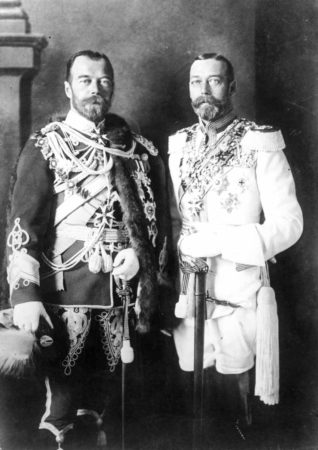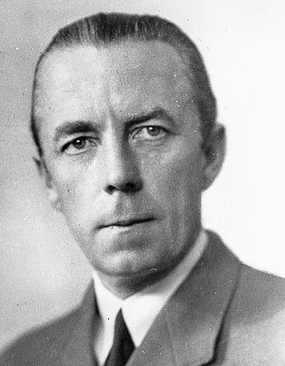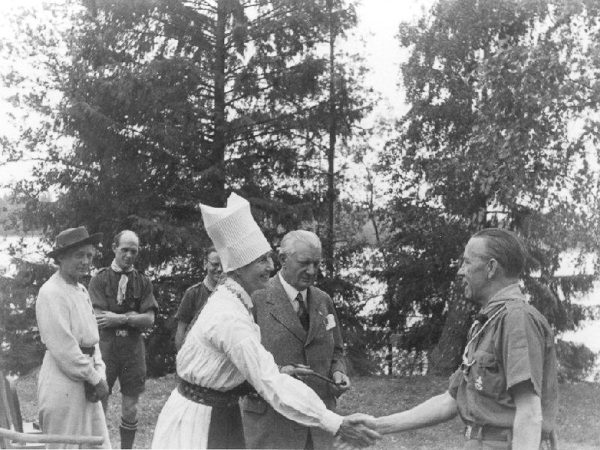For those of you who follow kings, queens, and nobility, it can be quite a chore trying to figure out the genealogy of each family and then tracking how the marriages and children forge political links between countries. One example would be Britain and Russia. King George V (1865−1936) and Tsar Nicholas II (1868−1918) were first cousins and looking at the image of the two standing side-by-side, you would swear they were twins. Empress Maria Theresa (1717−1780) decided to end hostilities with France and so she offered up her ninth child (Marie Antoinette) in marriage to the French dauphin, the future King Louis XVI. (That decision didn’t end well for her daughter, did it?) Tracking British and French monarchies is relatively easy compared to the royal families of the Scandinavian countries and Germany.

As Hitler began his conquest of Europe in May 1940, it was clear to most that his armies would be successful, occupation was inevitable, and Germany would soon become the master of Europe. Every country Hitler targeted was confronted with the dilemma of determining whether its government should stay or leave in exile. France chose to create a new government, Vichy, and collaborate with the Germans. For Queen Wilhelmina of the Netherlands, there was no choice in her mind. She immediately relocated her government to England and fought Hitler from abroad (click here to read the blog, Audrey Hepburn & Queen Wilhelmina). Belgium’s King Leopold III (1901−1983) stayed and tried to maintain neutrality but was captured and held in Germany until his liberation. (The Belgian government refused to stay and moved to England.) Norway was not able to maintain its neutrality and King Haakon VII (1872−1957) and his government escaped to London leaving the country to the infamous collaborator and traitor, Vidkun Quisling (1887−1945). Finland’s royal family fled to England and the country came under the thumb of the Soviet Union and then Germany. (Click here to read Valkoinen Kuolema and here to read Two Footballers and a War.) Read More The de Facto Traitor


